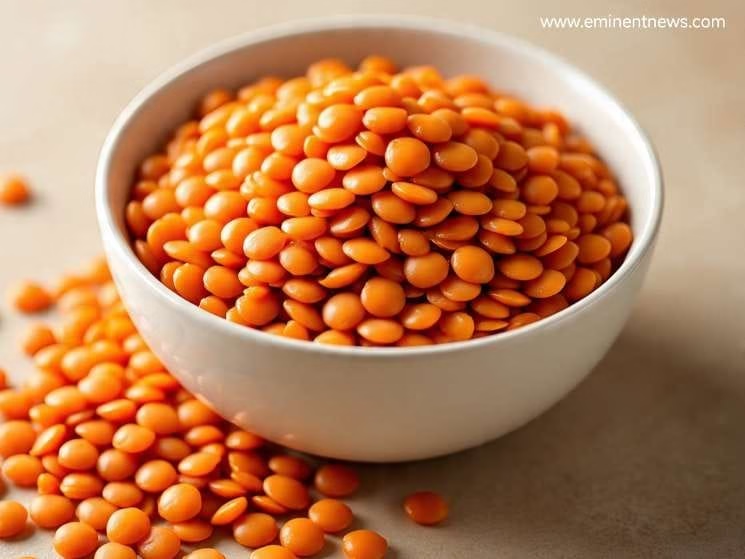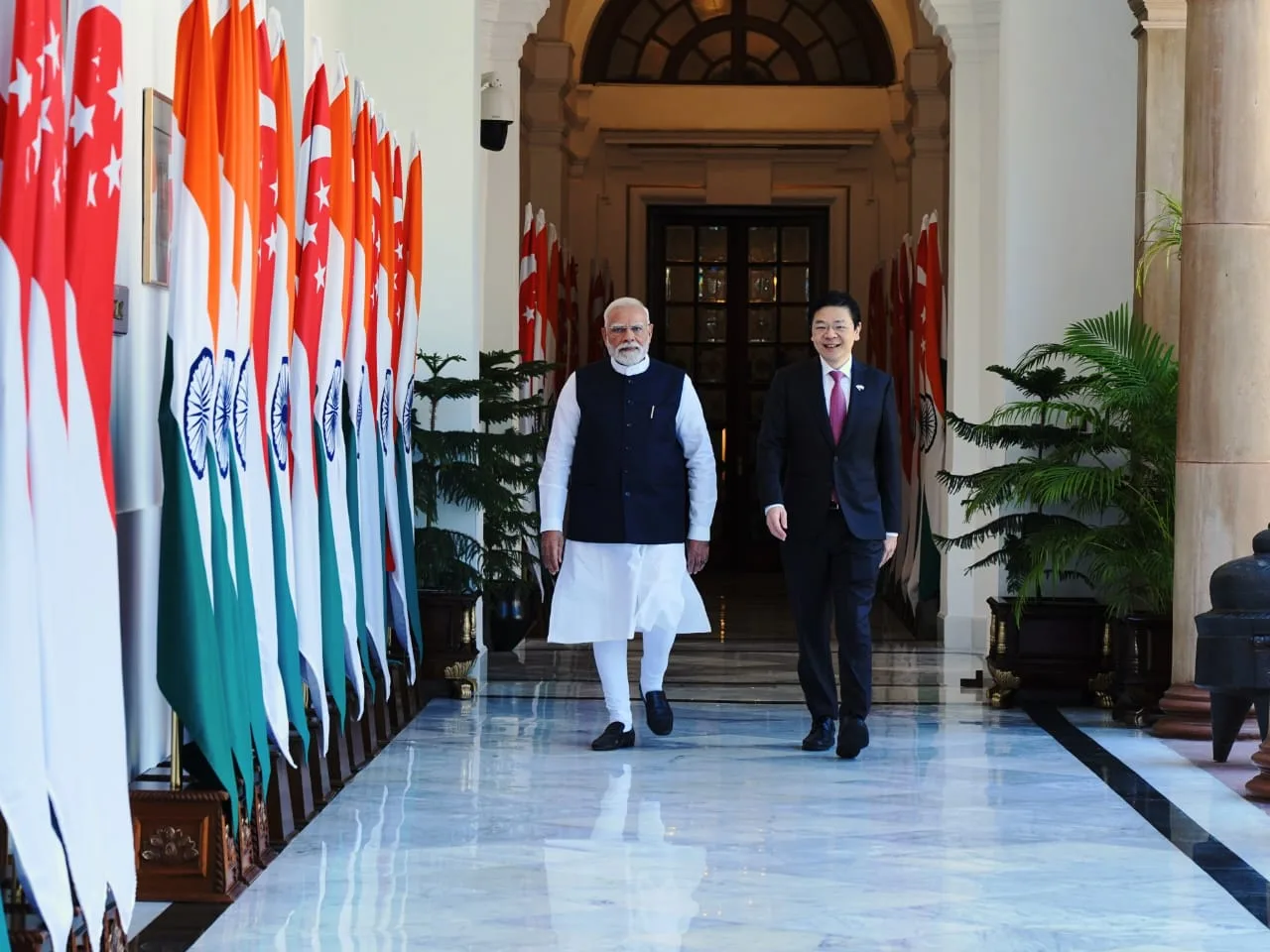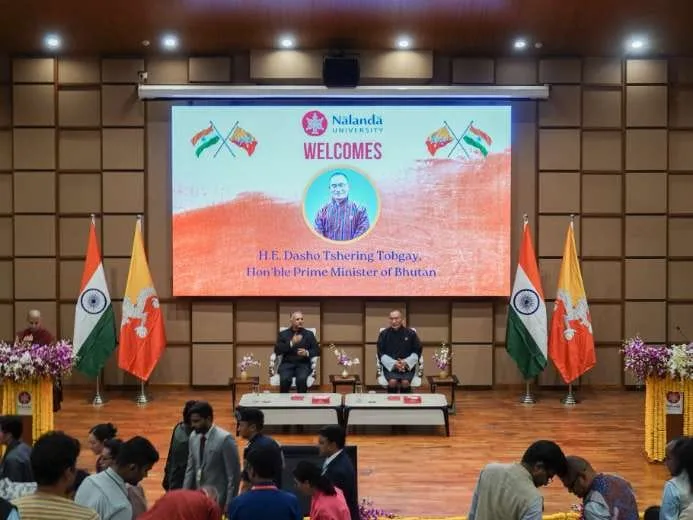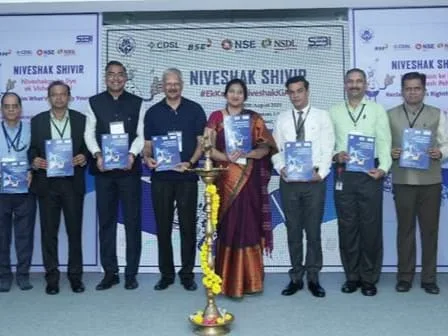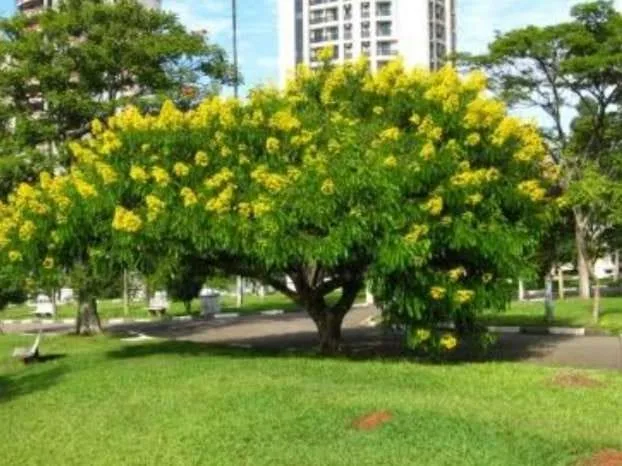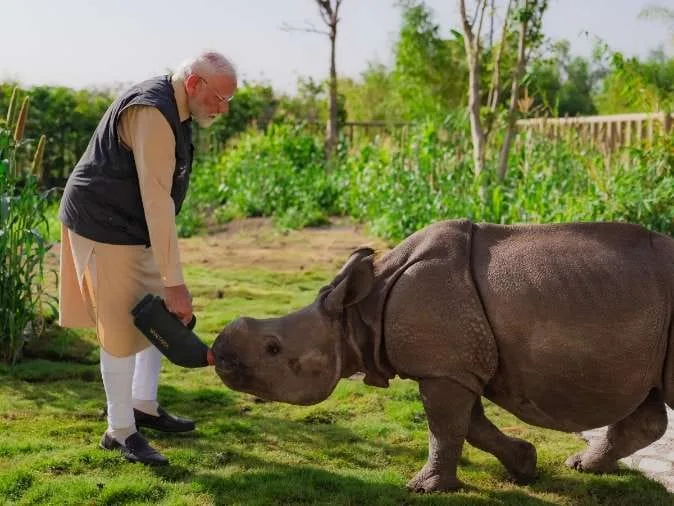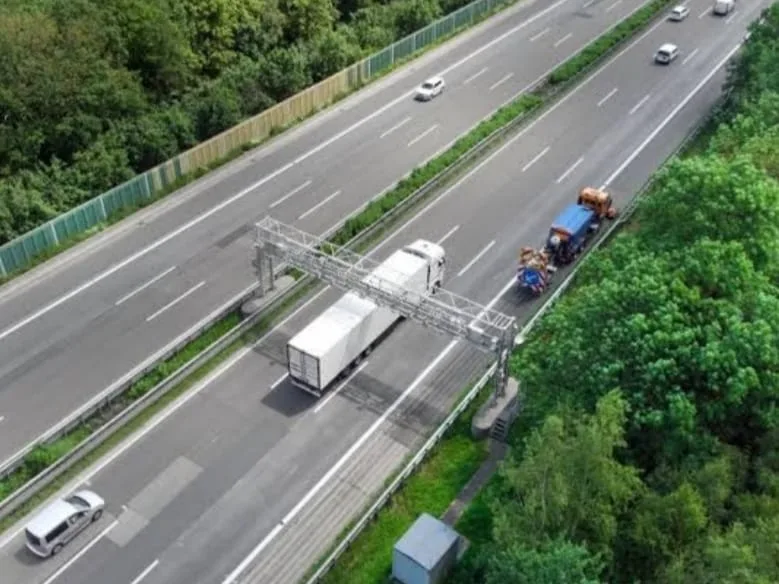For decades, India, a nation with a largely vegetarian population, has grappled with the challenge of meeting its domestic demand for pulses..
Pulses, vital sources of protein and essential nutrients, are a cornerstone of the Indian diet. However, reliance on imports to bridge the demand-supply gap has historically been a significant concern, impacting food security, farmer incomes, and the country’s trade balance. In recent years, a concerted effort by the government, scientists, and farmers has aimed at achieving self-sufficiency in pulses, marking a pivotal shift in India’s agricultural landscape.
Historically, pulse cultivation in India faced several hurdles. These included low yields due to traditional farming practices, vulnerability to erratic monsoons, lack of proper irrigation facilities, and insufficient market incentives for farmers. As a result, despite being one of the largest producers, India remained a major importer of pulses from countries like Canada, Australia, and Myanmar. This dependency led to price volatility in the domestic market, often burdening consumers and creating uncertainty for policymakers.
Recognizing the urgency of the situation, the Indian government launched several initiatives to boost domestic pulse production. Programs like the National Food Security Mission (NFSM)-Pulses, along with the provision of Minimum Support Price (MSP) for various pulse crops, aimed to incentivize farmers to increase acreage and adopt improved farming techniques. Emphasis was laid on developing and distributing high-yielding, short-duration, and disease-resistant varieties of pulses suitable for diverse agro-climatic zones. Research institutions played a crucial role in developing these improved varieties, making them accessible to farmers.
Furthermore, efforts were directed towards improving irrigation infrastructure, promoting efficient water management practices, and encouraging diversification towards pulse cultivation in traditionally non-pulse growing regions. The availability of quality seeds, easy access to credit, and timely agricultural advisories also contributed significantly to the upward trend in production.
These focused interventions have begun to yield remarkable results. India has witnessed a significant surge in pulse production over the last few years, reaching record levels. This increased domestic output has considerably reduced the country’s reliance on imports, leading to greater stability in pulse prices and enhanced food security for its vast population. Farmers, too, have benefited from better prices for their produce and increased profitability, contributing to rural prosperity.
However, the journey towards complete and sustainable self-sufficiency requires continued effort. Challenges such as climate change, pest infestations, and the need for further technological advancements persist. Continued investment in research and development, efficient market linkages, post-harvest management, and value addition will be crucial for sustaining the momentum. Promoting crop rotation and intercropping with pulses can also enhance soil health and agricultural sustainability.
India’s journey towards self-sufficiency in pulses is a testament to its commitment to food security and agricultural resilience. The collaborative efforts of various stakeholders have transformed a persistent challenge into a remarkable success story. While the path ahead may still present hurdles, the progress made so far instills confidence that India is well on its way to not only meeting its domestic pulse requirements but also potentially emerging as a net exporter, securing its nutritional future and strengthening its agricultural economy. For editorial click www.eminentnews.com

